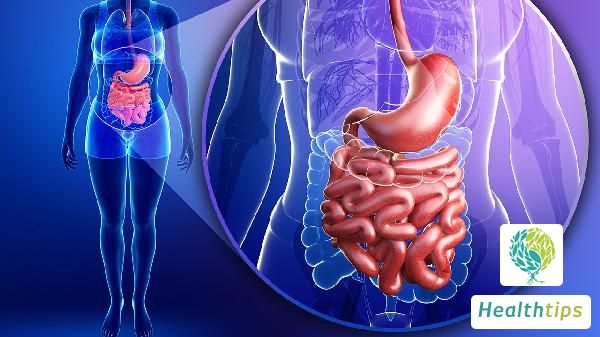Where is the heart located in the human body?
Heart Position and Structure

The heart is situated slightly to the left of the center of the thoracic cavity, behind the sternum, and positioned between the left and right lungs. Its location and structure are crucial for heart function and overall health. The primary function of the heart is to transport blood through the circulatory system, delivering oxygen and nutrients while removing metabolic waste.
1. Heart Position
The heart resides slightly to the left of the central thoracic cavity, positioned behind the sternum and nestled between the left and right lungs. Its base lies at the fifth intercostal space, while the cardiac apex points towards the left. The heart is considered part of the mediastinum, a central partition within the thorax that encompasses structures such as the heart, major blood vessels, esophagus, and trachea.
2. Heart Structure
The heart comprises four chambers: the left atrium, left ventricle, right atrium, and right ventricle. The left and right atria, located in the upper part of the heart, primarily receive blood, while the left and right ventricles, situated in the lower part, are responsible for pumping blood. Internally, the heart is divided into two distinct circulatory systems: systemic circulation and pulmonary circulation.
3. Systemic and Pulmonary Circulation
Systemic circulation involves the left ventricle pumping oxygenated blood through the aorta to the entire body. Pulmonary circulation, on the other hand, sees the right ventricle pumping deoxygenated blood through the pulmonary artery to the lungs for gas exchange.
4. Impact of Heart Position on Health
The position of the heart significantly affects its function and health. Deviations from its normal position can lead to cardiac dysfunction, impeding blood circulation. Additionally, the heart's position influences various medical procedures and diagnostic techniques, including electrocardiograms, echocardiograms, and cardiac catheterization. To identify any abnormalities or issues with heart position, consultation and examination by a cardiologist or cardiac surgeon are recommended. Depending on the case, doctors may perform relevant imaging studies, such as chest X-rays, echocardiograms, or CT scans.
Understanding the heart's position aids in better recognizing its function and potential health concerns. In case of any discomfort or doubts, prompt medical attention is advised.



















